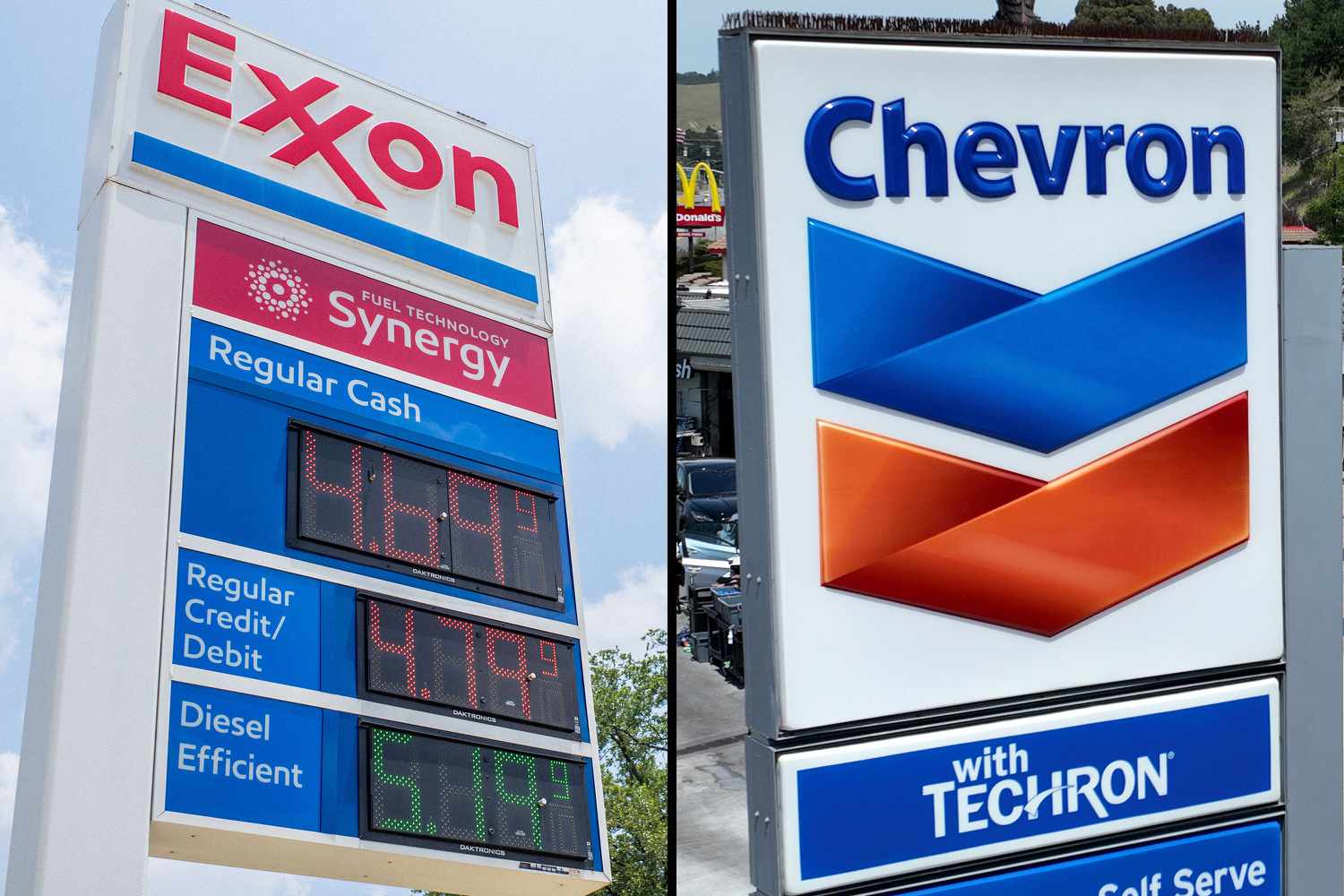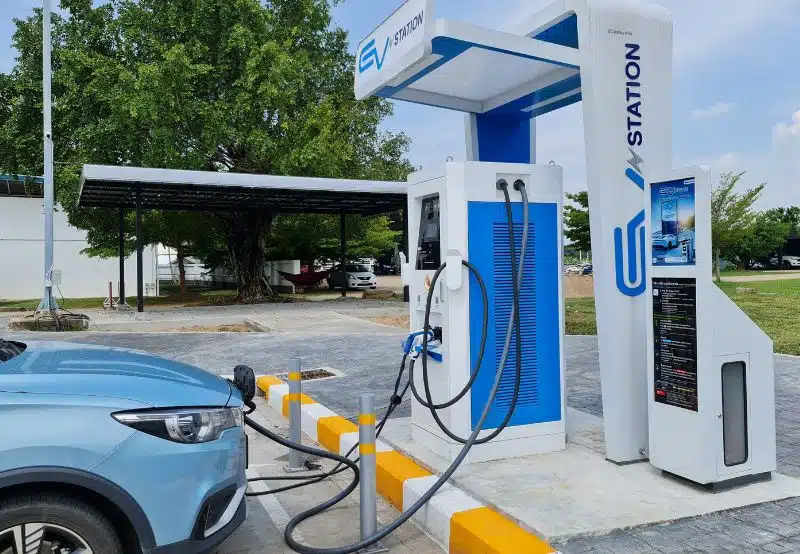U.S. oil giant, Chevron, has announced plans to reduce its global workforce by up to 20% by the end of 2026 as part of a broader effort to streamline operations, reduce costs, and finalize a major acquisition.
This was disclosed in a statement by the company’s vice chairman, Mark Nelson, on Wednesday. He noted that the restructuring is aimed at making the organization more efficient and better positioned for long term competitiveness.
“Chevron is taking action to simplify our organizational structure, execute faster and more effectively, and position the company for stronger long-term competitiveness,” Nelson said. “We do not take these actions lightly and will support our employees through the transition.”
Chevron currently employs 40,212 people worldwide, excluding about 5,400 service station employees. A 20% workforce reduction could result in the loss of approximately 8,000 jobs.
The company told employees during an internal town hall meeting that a voluntary buyout program will be available through April or May, according to a source familiar with the matter.
The restructuring will also include a new leadership structure, which is expected to be announced within two weeks.
The job cuts come amid several operational challenges for Chevron, including cost overruns and delays in a major Kazakhstan oilfield project.
The company has also been struggling with weaker refining margins, which contributed to a loss in its refining business for the first time since 2020.
Chevron $53 billion deal in jeopardy
Chevron’s $53 billion acquisition of oil producer Hess, which would give it access to Guyana’s lucrative oilfields, remains uncertain due to a legal dispute with ExxonMobil. Exxon, which has a controlling stake in a Guyana oil joint venture, has challenged Chevron’s takeover, delaying the deal’s completion.
If Chevron fails to close the Hess acquisition, it would mark another major setback for CEO Mike Wirth, who previously lost a bid to acquire Anadarko Petroleum in 2019.
The company’s oil and gas reserves have also declined to their lowest levels in at least a decade, raising concerns about its long-term growth without the Hess deal.
The oil industry has seen a wave of mergers and consolidations in recent years, as companies focus on improving operational efficiency rather than drilling new wells.
ExxonMobil, for instance, acquired Pioneer Natural Resources in 2023, solidifying its position as the largest oil producer in the Permian Basin.
Meanwhile, Chevron has been undergoing significant changes, including relocating its headquarters from California to Houston last year and overhauling its leadership team. It has also announced plans to establish a new technology hub in India, which will be its largest outside the United States.
Despite these challenges, Chevron remains committed to reducing costs and improving efficiency.
The company has set a target of cutting up to $3 billion in expenses by 2026 through technology adoption, asset sales, and operational restructuring.









